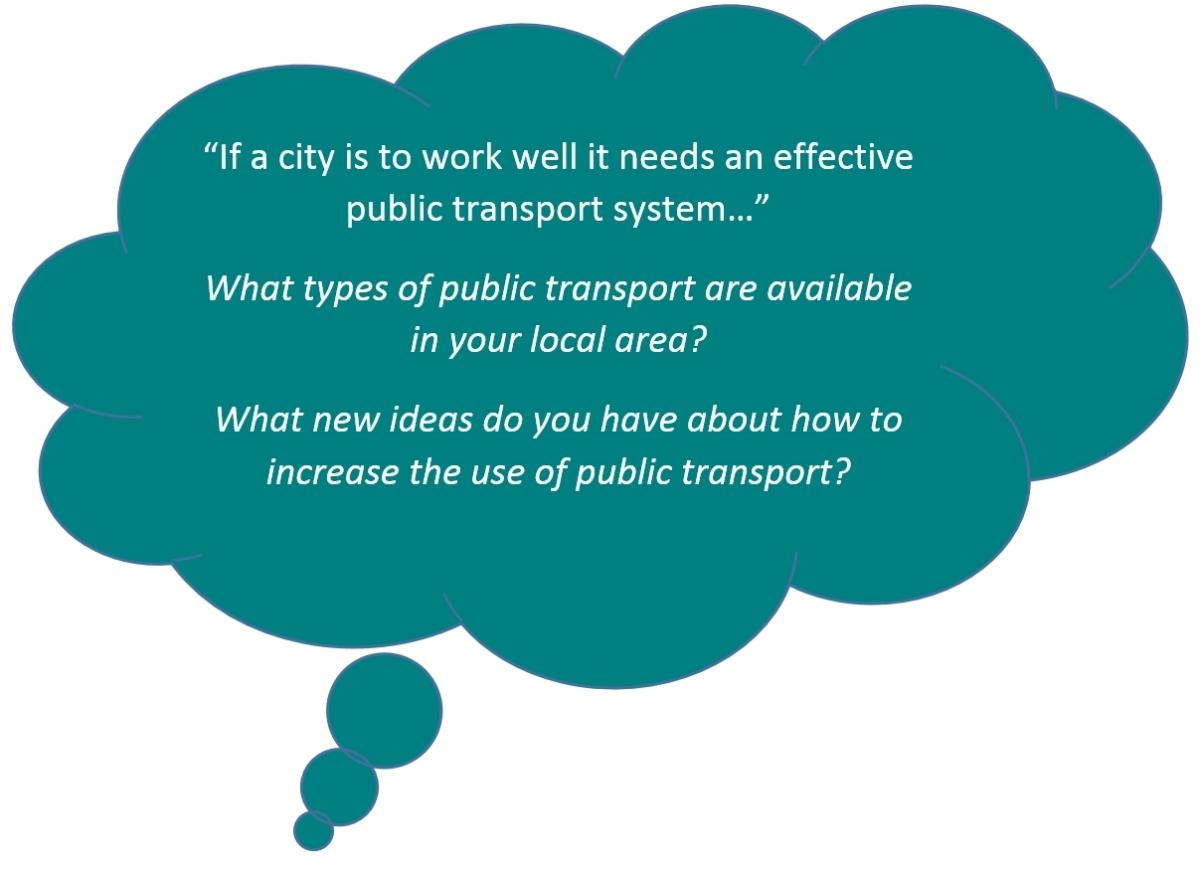New Zealand has many mountains, long coastlines, forests and wetlands. This makes it harder to travel in New Zealand. Transport in New Zealand has changed a lot over time to deal with these challenges. Technology continues to improve the way we travel.
On this field trip you will look at the impact rail has had on this country. You will also see how rail can make transport more sustainable.
History of transport in New Zealand
Before Europeans arrived, Māori either walked or used waka on rivers or along the coasts. Māori followed ara or paths to reach inland areas. The first roads built in New Zealand followed these ara.
Later, ships and railways changed the way people and goods travelled.
Now road and air travel are the most common forms of transport for people. Large freight is carried by rail and ships.
Wellington and Auckland have an electric rail network. This means people can travel between suburbs and the city by rail.
Public Transport
Using public transport is an easy way to travel and it is better for the planet.
Why take public transport?
If a city is to work well it needs a good public transport system. Public transport helps makes cities more accessible.
Public transport helps:
- people to reach places, services and other people
- the economy as goods and services are easier to trade
- reduce air pollution by using less fuel to move more people
- reduce traffic.
 In New Zealand most people live in towns and cities. This is why we need good public transport networks. This will allow people to make smarter choices about how they travel.
In New Zealand most people live in towns and cities. This is why we need good public transport networks. This will allow people to make smarter choices about how they travel.
One bus or train will move more people a lot faster than lots of cars and will reduce the amount of traffic on the roads.
Ready for a quiz? Try the 'New Zealand Transport' activity.








